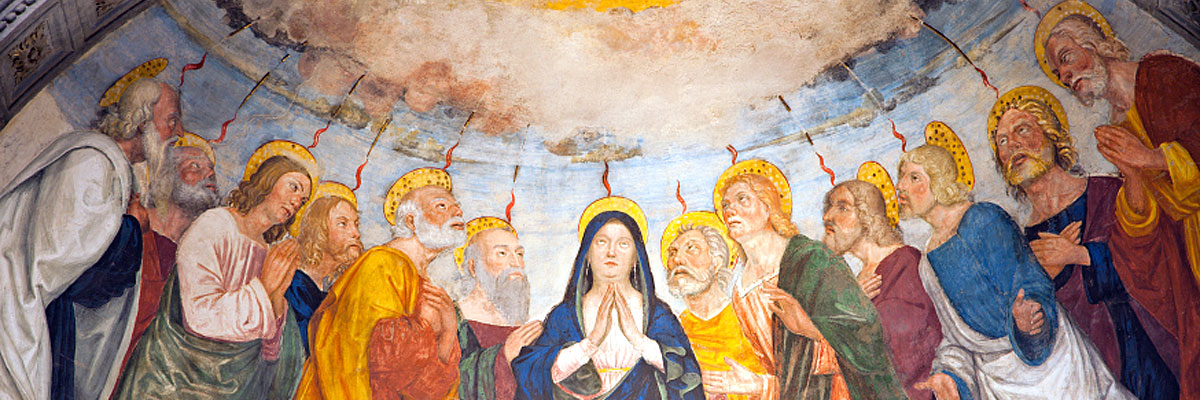
Understanding Our Church
A Treasury of Arkansas Writers Discussing the Catholic Faith
Official Website of the
Catholic Diocese of Little Rock
A season of suffering, death is necessary for resurrection to be joyous
Published: March 1, 2003
By Betsy Wiederkehr Huss
Our Church divides the year into different liturgical seasons and we will soon be experiencing the season of Lent. Changes will take place in nature as we leave winter and return to spring during this time. The color of the vestments worn will change from green (Ordinary Time) to violet. But hopefully these are not the only changes that take place in our lives.
Lent is a preparation time whereby we can fast, pray and do penance. So, for what are we preparing? You see, the Lenten challenge for us Catholics is dying to sin and rising to new life with God. The Ash Wednesday reading, Joel 2:12-13, illustrates this need for dying and rising. It states, “Yet even now, says the Lord, return to me with your whole heart.”
Our hearts for some reason are not whole, or wholly God’s. Sin can do that. The verse continues with advice on how to accomplish this return, “with fasting, and weeping and mourning.” The fasting doesn’t have to be from just food and drink. Maybe this Lenten season some fasting from the TV, the computer, degrading language, apathy toward in-justices, or a workaholic’s hectic pace is needed.
Lent is a time to examine how well we have lived as God commanded us to. Father Oscar Lukefahr, CM, in his book, “We Believe ... A Survey of the Catholic Faith,” has an excellent examination of conscience based on the Ten Commandments. When we realize the damage sin has caused in our relationships with God, others and ourselves, the weeping aspect begins.
We realize how out of sync with God and his ways we were. When we express sorrow for our sins, we are mourning how our sin affected these relationships. Joel 2:13a says, “Rend your hearts, not your garments, and return to the Lord, your God.” Throughout history, people have torn their clothing violently to express outwardly their mourning, grief and remorse. God wants us to express these same feelings over our brokenness because of sin.
God wants our hearts, whether heavy, hard, broken or crumbling from sin so he can heal, restore and reconcile us to himself, the Church and others. A part of this reconciliation, re-establishing relationships, comes through the sacrament of penance. This sacrament includes these four elements: contrite heart (which involves sorrow and conversion); confession of sins to a priest; satisfaction (try to repair any harm from one’s sins and do penance for them); and absolution (forgiveness declared) by a priest.
God gives us a new heart through his love, mercy and grace. Yet, our heartfelt, interior repentance is the much needed response to Jesus’ call to conversion and penance. Interior repentance is a change, a returning, and a transformation of our whole heart or life to God. One turns away from doing what is morally wrong and sinful and wholeheartedly desires and resolves to change one’s life through the help of God the Father, Son and Holy Spirit.
So during Lent as winter, the season of dying comes to an end and spring, the season of change and new life begins, may we become aware of the changes needed in our lives and take the Lenten challenge. Then, on Easter morn, our relationships with God and others won’t be dead in the tomb, but will be rising to new life in Christ Jesus. And then we may joyfully shout, “Alleluia, alleluia!”



